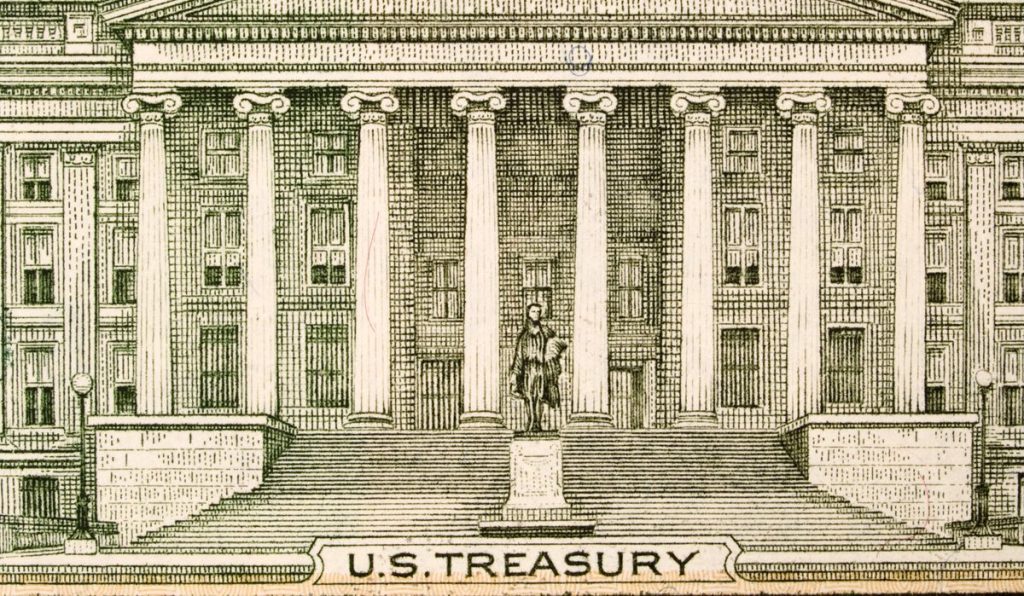Trouble paying for firewood, heating oil or back property taxes for your home because of Covid-19? The Homeowners Assistance Fund (HAF) can help with that.
In March, Congress allocated $10 billion in funds to prevent homeowners from falling behind on their mortgage, losing utility services, or being displaced.
But the Treasury has some specific guidelines for how states can use that $10 billion.
The funds can, potentially, be used to pay debt owed the government, in the form of delinquent property taxes. The funds could also reimburse state and local governments for funds they already used that fit the HAF guidelines.
Homeowners could also use the assistance to repair their home and keep it habitable. That would include the addition of new space to alleviate overcrowding.
How can servicers best support homeowners as they reach maximum forbearance?
HW Media CEO Clayton Collins recently spoke with Xome CEO Mike Rawls about the challenges servicers are navigating and how they can set themselves and their homeowners up for success as people reach the end of their maximum forbearance.
Presented by: Xome
States can use up to 15% of the funds for administrative expenses, including for planning, community engagement and needs assessment, related to paying out the funds. States can use up to 5% of their funding for foreclosure or displacement-prevention counseling provided by Housing and Urban Development-approved agencies or legal services.
The funds can be used for mortgage payment assistance or mortgage principal or interest rate reductions. It can also be used to cover utility payments — including electric, gas, home energy (including firewood and home heating oil), water and wastewater.
Homeowners could also use the funds to pay for broadband internet, flood or mortgage insurance, homeowner’s association expenses, condo association fees, coop fees.
The funds can also be used by nonprofit or government entities to make down payment assistance loans.
To be eligible, homeowners must document and describe their financial hardship — and it has to have occurred after January 21, 2020. They must also have incomes that do not exceed 150% of either the area median income or 100% of the median income for the United States, whichever is greater.
At least 60% of the funds must be targeted to lower-income homeowners, defined as those with incomes that don’t exceed 100% of the area median income or 100% of the median income for the United States, whichever is greater.
But the Treasury discouraged states from imposing additional eligibility criteria for homeowners seeking assistance, such as foreclosure status, credit score, bankruptcy status, the existence of liens on the property, or previous cash-out refinances. If states choose to set extra requirements, they must explain why it would help further the goals of the homeowners assistance fund.
To receive the first installment of the funds, states must first agree to the Treasury’s stipulations, and agree to only use the funds for qualified expenses.
Before receiving the rest, states must develop and submit a plan for how it will use the homeowner assistance funds.
If those requirements seem onerous, it is certainly better than the repercussions for not meeting them.
If a state doesn’t comply with the guidelines, the Treasury “may impose additional conditions … terminate further payments from the HAF, seek the repayment of previous HAF payments, or take other available remedies.”






